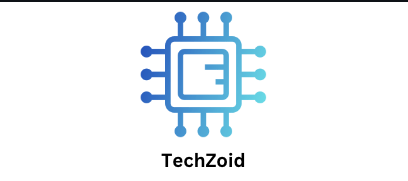Reduced Operating Expenses and Monetary Rewards
The potential to reduce operating expenses is among the most obvious and immediate advantages of demand response for companies. Businesses may drastically lower their power rates by using less electricity during peak hours, which is usually when energy costs are highest. Organizations who take part in DR initiatives might get direct financial incentives from several utilities and grid operators in the form of cash payments or bill credits. Large energy consumers like industrial plants, data centers, and commercial buildings are especially drawn to these incentives since even a tiny percentage decrease in use may save a significant amount of money.
Additionally, companies can avoid demand charges—which are determined by the greatest rate of power use during a billing period—by taking part in DR events. These fees may be managed by lowering peak consumption, which results in large yearly savings. This might increase a business’s profitability and free up funds for further investments.
Improved Load Management and Energy Efficiency
Demand response encourages a more thorough comprehension of the energy usage trends of a company. Businesses that take part in DR projects frequently include smart controls and energy monitoring technologies that provide them real-time insight into consumption. Facility managers are better equipped to spot inefficiencies and put energy-saving measures into place outside of the actual DR incidents because to this heightened awareness.
A business may find, for instance, that some procedures may be moved to off-peak times without affecting output. As an alternative, during demand response events, it may use automation systems that momentarily cut back on non-essential machinery, HVAC, or lighting. Once implemented, these procedures foster a culture of ongoing energy improvement in addition to encouraging DR engagement.
Energy Resilience and Grid Reliability
Demand response is essential for maintaining overall grid stability in addition to its internal advantages. The electrical system may experience stress under severe weather conditions or unanticipated increases in electricity use, which raises the possibility of blackouts or other service interruptions. By decreasing demand during crucial times, companies who take part in DR programs contribute to lessening this burden.
This collaborative strategy improves energy resilience for the community as a whole, not just for the particular company. DR can be an essential part of ensuring continuous operations in areas with low grid capacity or those are vulnerable to severe weather. This additional dependability is crucial for mission-critical industries like healthcare, banking, or logistics.
Contribution to the Sustainable Development Goals
With stakeholders, investors, and customers calling for increased environmental responsibility, sustainability has emerged as a crucial indicator of corporate success. Demand response significantly aids in a business’s sustainability initiatives by lowering carbon emissions and energy use related to peak power output, which is frequently generated using fossil fuels.
Businesses can efficiently mitigate their environmental impact by lowering total use or moving demand to off-peak times. In order to help participants integrate their operations with green efforts and receive recognized for their corporate social responsibility, many DR programs are combined with renewable energy policies. This can lead to new business prospects and collaborations with like-minded companies in addition to improving a company’s reputation as a brand.
Market Differentiation and Competitive Advantage
Being regarded as a creative and conscientious energy consumer may set a company apart from its competitors in cutthroat markets. In both B2B and consumer-facing businesses, participation in DR initiatives demonstrates forward-thinking leadership, flexibility, and a dedication to efficiency—qualities that are highly regarded. Additionally, DR involvement frequently results in process enhancements, technology advancements, and improved risk management techniques, providing firms with a competitive advantage.
Demand response businesses will be in a better position to benefit from upcoming technologies like distributed energy resources, dynamic pricing models, and automated demand-side management as energy markets change and smart grids proliferate.
Conclusion
Demand response is a strategic instrument that enables companies to function more effectively, sustainably, and resiliently. It is not only a way to save costs. Demand response has both short-term and long-term advantages, ranging from operational savings and financial incentives to enhanced sustainability and competitive advantage. Businesses who adopt demand response now will be better positioned to prosper in the energy systems of the future as the global energy environment continues to change. For companies that are prepared for the future, adopting demand response is not just wise, but strategically necessary.
